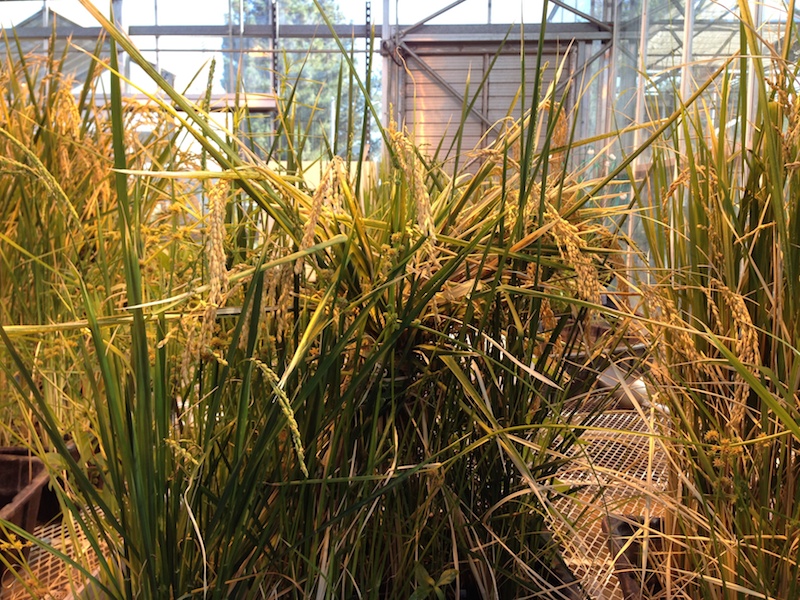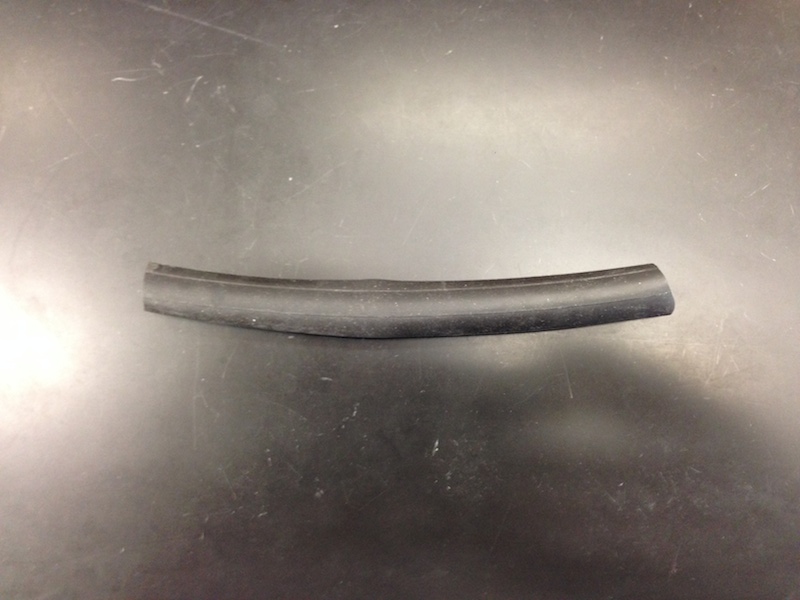Started the first acquisition experiment today. There are 2 main goals with this experiment:
- Do microbes located in the seed colonize the roots after germination?
- If they do, are these microbes located between the hull and the seed? Or are they located in the seed? Or perhaps both.
The reason I've started these sets of experiments is due to some prior knowledge. Firstly, I did an experiment a few years ago where I grew surface sterilized rice seeds (with hulls still attached) on solid MS media in magenta boxes. I took their microbiomes and it turns out that the seedlings had a root microbiome fairly similar to that of the rhizoplane on greenhouse grown rice plants. I've tried to do this experiment sense then, but have only wound up with contamination. Maybe contamination is the wrong word - whatever microbes were inside of the seed were growing like crazy on the MS.
Another piece of knowledge that I have is that when we germinate seeds for the greenhouse microbiome experiments we always take the hulls off of the seeds and surface sterilize them with 70% bleach. We germinate these seeds on MS and have shown that the roots of these seedlings are axenic. These experiments thus suggest that the space between the hull and the seed are where the microbes reside.
I'm curious about the potential ability of plants to pass on microbiomes through the seed, but the current setup for examining this phenomena is not reproducable (keep getting contamination on MS media from seed borne microbes). So now I'm trying a different approach, something a bit more natural. When rice farmers in California are preparing to spread seed on their field, they first begin the germination process by soaking the seeds in water. This serves two purposes: it starts the germination program for the plant and it saturates the seeds so that they can sink to the ground in the flooded paddies and they don't blow to one corner. Keeping this in mind, I decided to just germinate the seeds in water and take their root microbiomes.
Here's how I performed the process.
For this experiment I wanted fresh plants. Ideally I would use something from the field, but it's not quite the right time of year for that yet. The next best thing is some plants that were growing in field soil in the greenhouse.

I trimmed a pannicle off of one of these plants and took the seeds back to the lab.

 In the Sundar lab we have a very complicated way of stripping the hulls off the seeds. It involves a cut piece of a rubber bike tire tube and a lot of muscle. We roll the seeds with husks in the tube until the husks come off. We just have to be careful not to over do it or else the embryo will pop off.
In the Sundar lab we have a very complicated way of stripping the hulls off the seeds. It involves a cut piece of a rubber bike tire tube and a lot of muscle. We roll the seeds with husks in the tube until the husks come off. We just have to be careful not to over do it or else the embryo will pop off.
This gives me a nice set of dehulled seeds and a set of seeds with the hulls still on them.
Now that I had the hulls off I had to surface sterilize the seeds. To do this, we soak the seeds in 70% bleach for 5 minutes. I'm confident that this kills microbes on the surface because our previous experiments using dehulled seeds germinated on MS plates have been sterile.

After I soaked the seeds in bleach for 5 minutes I rinsed them in water.

After rinsing I put the seeds into three different petri dishes with water. The reason I'm using three petri dishes is to avoid any plate effects. Let's say that somehow one of the plates was contaminated before the experiment, then that would throw off my conclusions if I only had a plate for dehulled seeds and one plate for seeds with hulls on them

Then I popped these babies into the incubator. See you in 6 days!